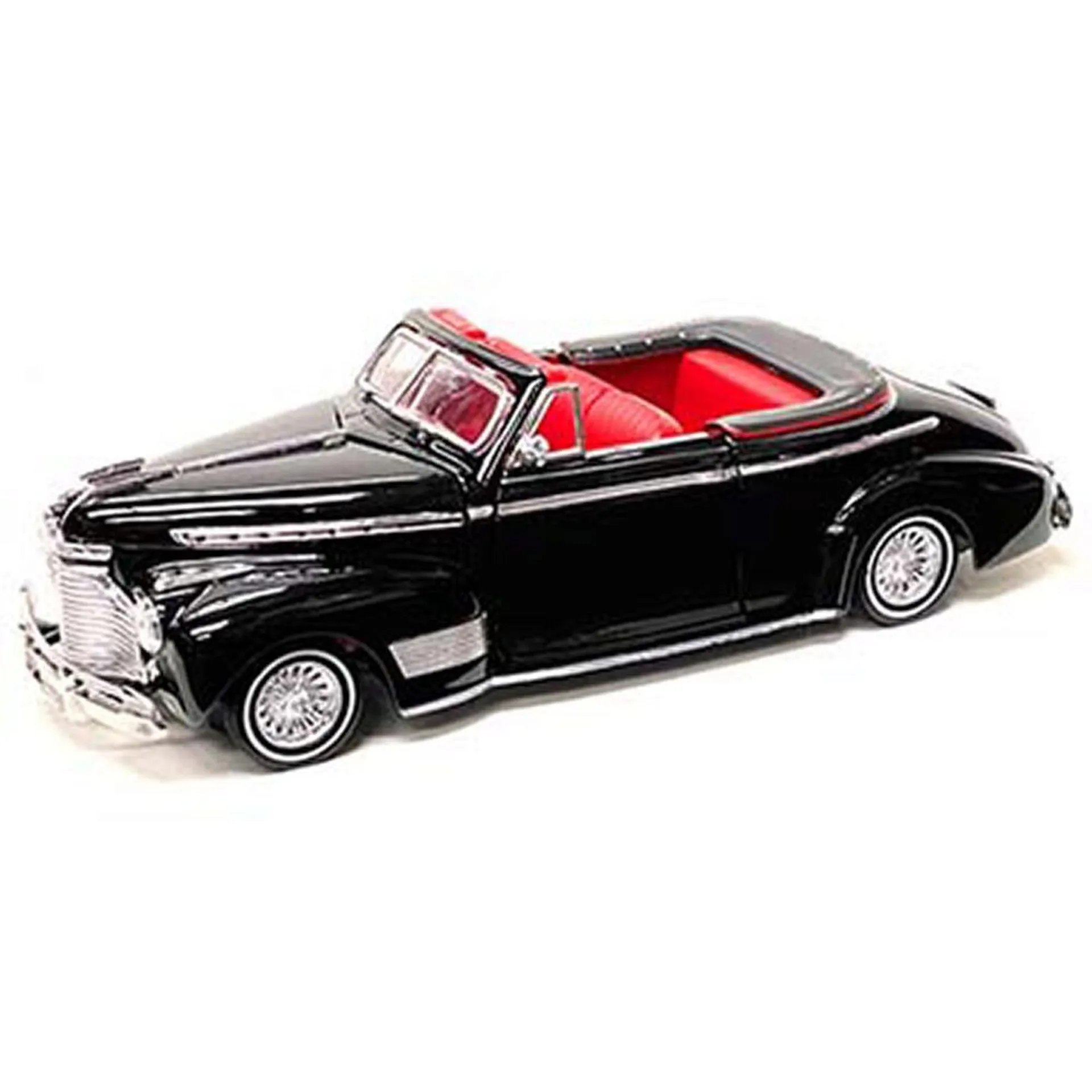What are Diecast Model Vintage Cars
Diecast model vintage cars are miniature replicas of classic automobiles, meticulously crafted using a die-casting process. This involves injecting molten metal, typically a zinc alloy, into molds to create highly detailed and accurate representations of their full-sized counterparts. These models are more than just toys; they are collectible items, showcasing automotive history and engineering prowess. They capture the essence of iconic vehicles, from the sleek lines of a vintage Jaguar to the robust design of a classic Ford, appealing to collectors and enthusiasts alike.
The History of Diecast Cars
The history of diecast cars is intertwined with the evolution of the automotive industry and the growing interest in model collecting. Initially, diecast models served as promotional items and toys, gradually evolving in sophistication and detail. The post-World War II era saw a surge in diecast model production, with companies like Dinky Toys and Corgi Toys leading the charge. These early models, often less detailed than their modern counterparts, provided a glimpse into the future of model making.
Early Diecast Models
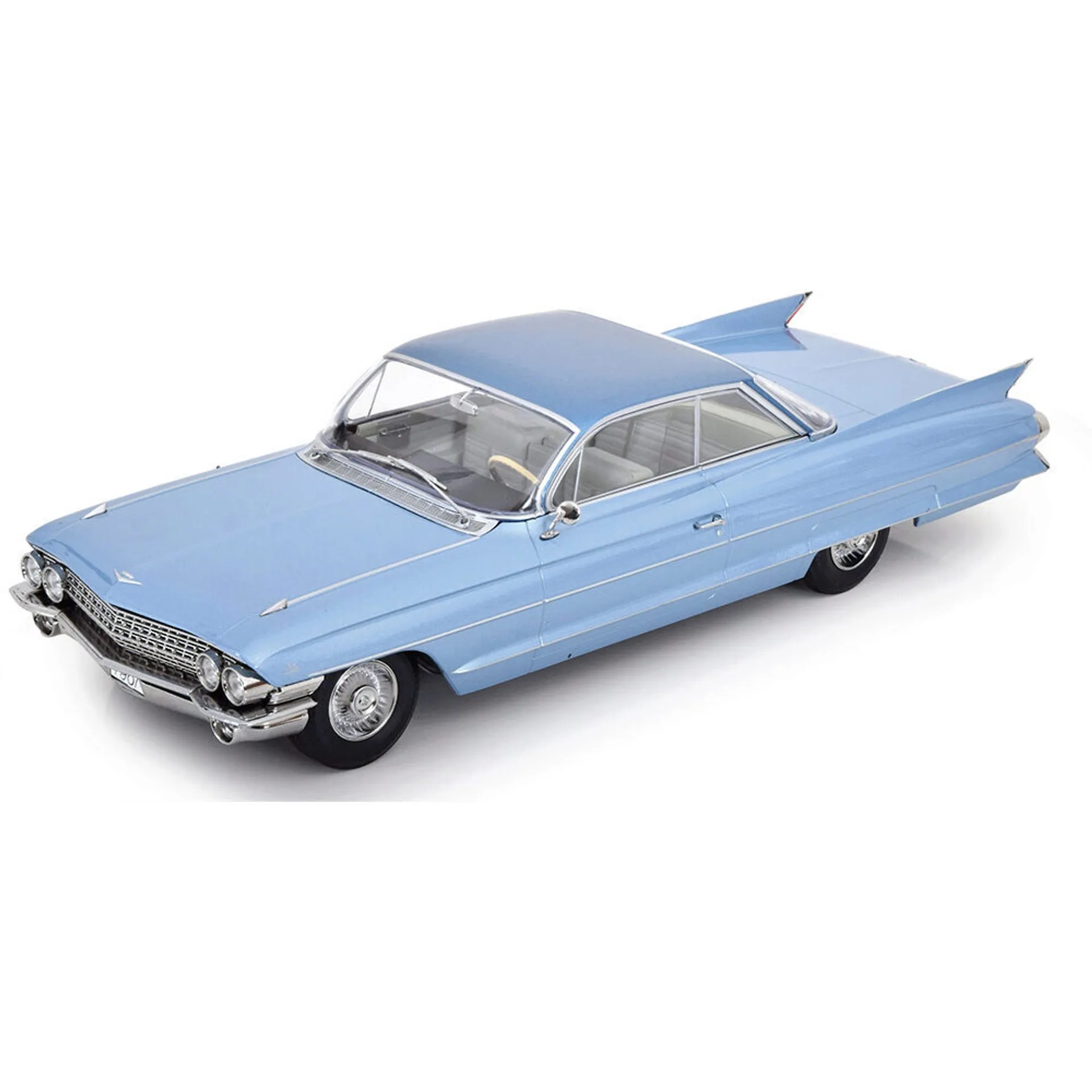
Early diecast models were relatively simple in design, focusing on basic shapes and functions. They were primarily made for children to play with, and durability was a key consideration. Despite their simplicity, these models were instrumental in establishing the diecast car market and sparked the initial interest in collecting. The manufacturing processes were also rudimentary compared to today’s standards, but they laid the foundation for the advanced techniques used in modern diecast model production. These early models, though less refined, hold a special place in the hearts of collectors, representing a bygone era of automotive and toy design.
Evolution of Materials
Over time, materials used in diecast car manufacturing have evolved, improving the quality and detail of the models. Early models primarily used lead-based alloys, which were later replaced by safer and more durable zinc alloys. These advancements allowed for more intricate designs and finer details. The introduction of plastic components in the late 20th century further enhanced the models’ realism, with features like detailed interiors and realistic tires becoming common. Modern diecast models often combine metal, plastic, and rubber components, creating highly accurate and visually stunning replicas.
Top 7 Facts About Diecast Model Vintage Cars
Fact 1 Scale Matters
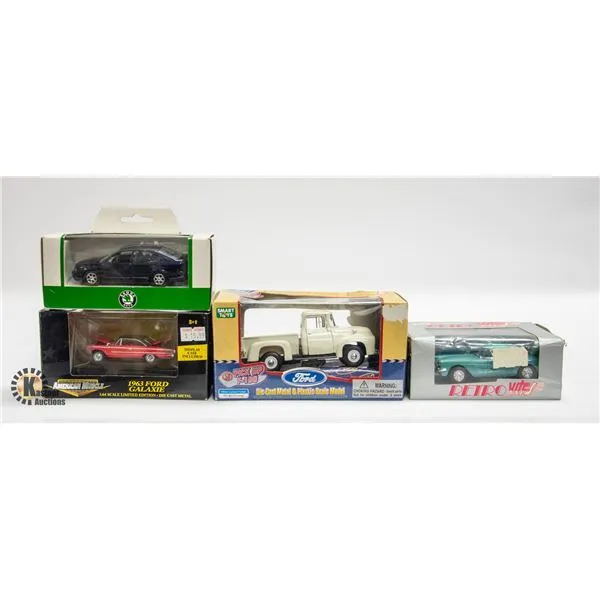
Scale is a crucial aspect of diecast model collecting, determining the size and detail of the model relative to the original car. Different scales cater to various collecting preferences and display options. The most popular scales include 1:18, 1:24, and 1:43, each offering a unique balance of detail, size, and price. Choosing a scale often depends on the collector’s available space and the level of detail desired. Larger scales, such as 1:18, offer greater detail, while smaller scales, like 1:43, are more space-efficient for extensive collections. The scale directly impacts the overall collecting experience.
Common Scales
Common scales such as 1:18, 1:24, and 1:43 offer different levels of detail and size. The 1:18 scale models are often the largest and feature the most intricate detailing, including opening doors, detailed engines, and realistic interiors. 1:24 scale models provide a good balance between detail and size, making them popular for both display and play. 1:43 scale models are smaller and more suitable for collectors with limited space or those who prefer to build large collections. Other scales, such as 1:64 and 1:12, are also available, each catering to specific collectors and preferences.
Fact 2 Materials Used
The materials used in diecast model construction significantly impact the model’s quality, durability, and overall appearance. High-quality diecast models typically feature a metal alloy body, often zinc or aluminum, which provides weight and a realistic feel. Other materials include plastic for interior components and details, rubber for tires, and sometimes fabric for seat upholstery. The combination of these materials allows for the creation of highly detailed and accurate replicas.
Metal Alloys
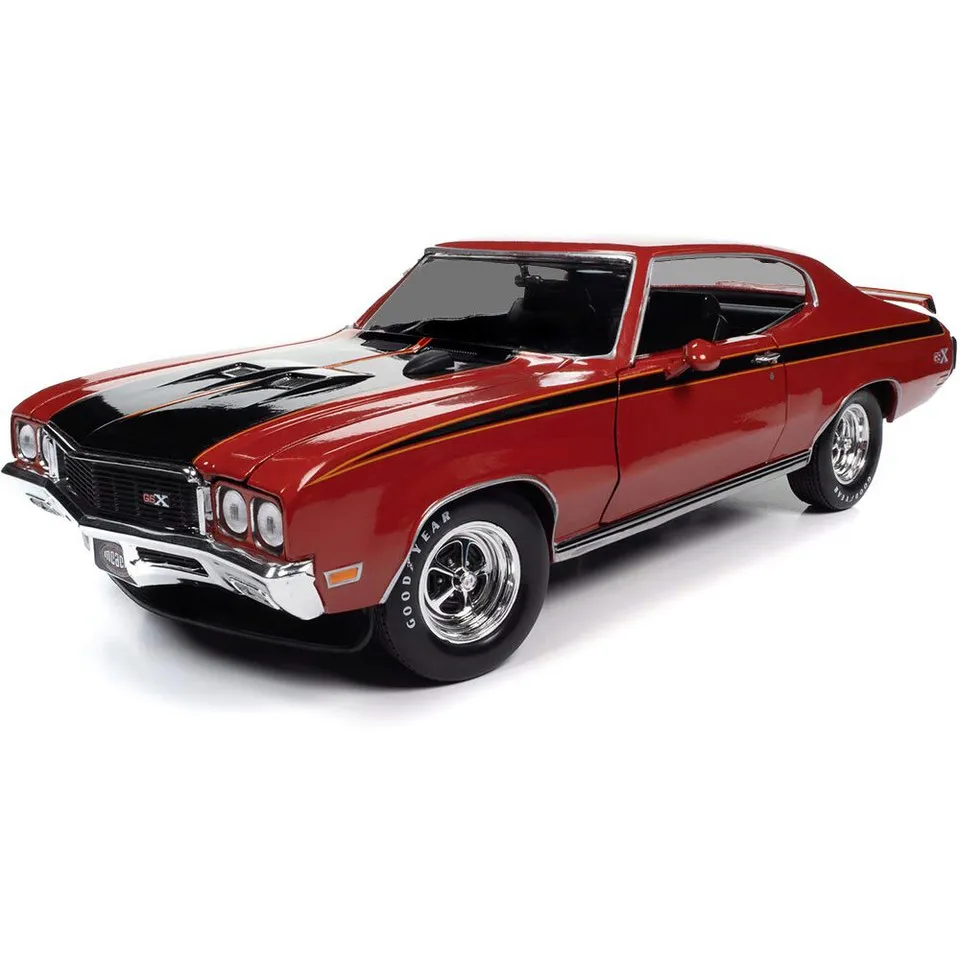
Metal alloys, particularly zinc-based alloys, form the core of most diecast models. These alloys are chosen for their ability to capture fine details and provide a substantial weight, giving the model a premium feel. The die-casting process involves injecting molten metal into molds under high pressure, allowing for intricate designs and accurate representation of vehicle features. The use of metal alloys ensures durability and longevity, making these models suitable for display and handling.
Plastic Components
Plastic components are integral to the detail and functionality of diecast models. They are used for interior parts, such as dashboards, seats, and steering wheels, as well as exterior elements like headlights, taillights, and trim. Plastic allows for intricate detailing and color variations that would be difficult to achieve with metal alone. The combination of metal and plastic enhances the model’s realism and adds to its visual appeal. Advancements in plastic molding techniques have enabled manufacturers to create highly detailed and accurate replicas.
Fact 3 Detailing and Accuracy
Detailing and accuracy are hallmarks of quality diecast models, reflecting the craftsmanship and precision involved in their production. Modern models boast an impressive level of detail, including realistic paint finishes, meticulously replicated engine compartments, and detailed interiors. Collectors often prioritize models that accurately represent the original car, from its body shape and proportions to its interior features and exterior details.
Authenticity
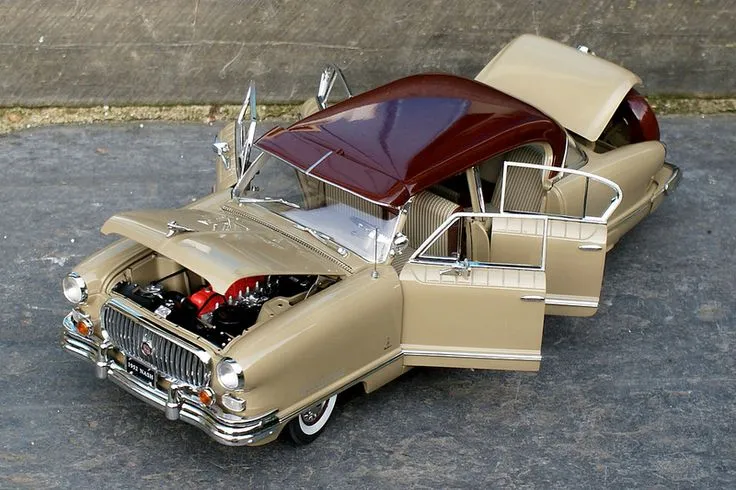
Authenticity in diecast models means that the model accurately represents the original car. This includes accurate body shapes, proportions, paint colors, and markings. Manufacturers often work with automotive companies to obtain detailed blueprints and specifications to ensure the highest level of accuracy. Authentic models capture the essence of the original vehicle, providing collectors with a true representation of automotive history and design. Collectors value authenticity as it enhances the models’ collectibility and historical significance.
Working Features
Many high-end diecast models feature working components that enhance their realism and play value. These may include opening doors, hoods, and trunks, steerable front wheels, and functional suspension systems. Some models even have detailed engine compartments and interiors, allowing collectors to appreciate the intricate engineering of the original vehicles. These working features add to the collectibility and enjoyment of the models, making them more than static display pieces.
Fact 4 Rarity and Value
Rarity and value are key factors in diecast model collecting, often influencing the desirability and price of a particular model. Limited edition models, those with unique features or produced in small quantities, are highly sought after by collectors. The value of a diecast model can vary significantly depending on factors such as its rarity, condition, and historical significance. The market for vintage diecast cars is active, with prices determined by factors such as supply and demand, as well as the model’s provenance and condition.
Limited Editions
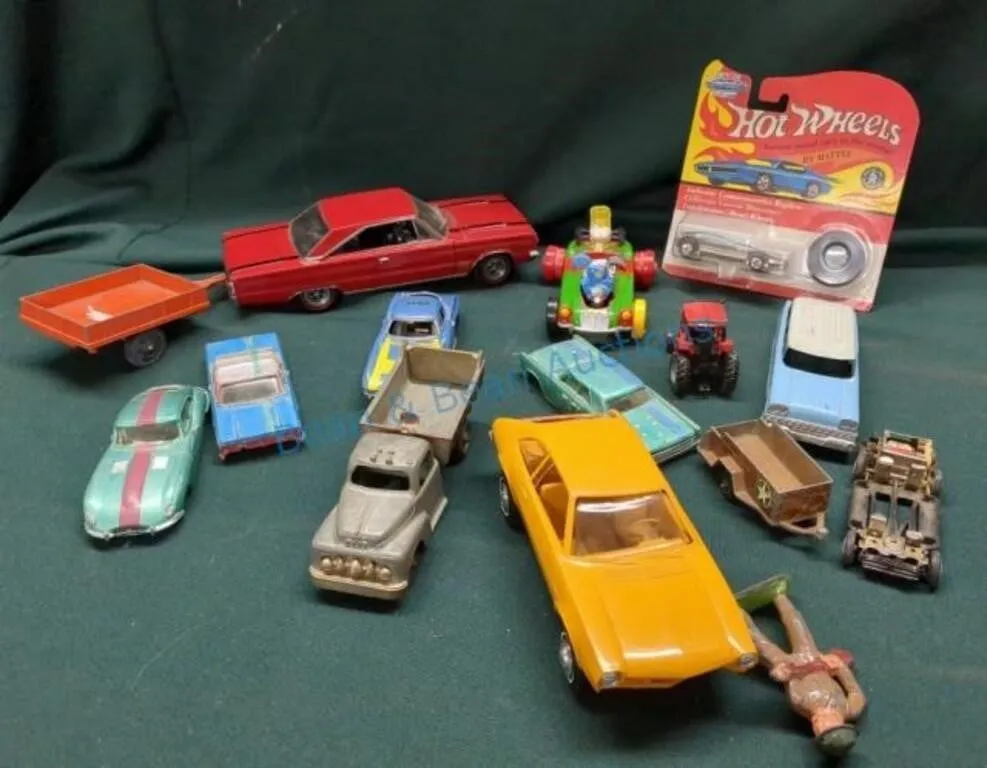
Limited edition diecast models are produced in restricted quantities, increasing their exclusivity and desirability. These models often feature unique details, special paint schemes, or commemorative markings that set them apart from standard production models. Limited editions are highly sought after by collectors who appreciate their rarity and investment potential. The limited production runs contribute to their value, making them valuable additions to any collection. Collectors often seek out limited editions to add variety and uniqueness to their displays.
Condition
The condition of a diecast model significantly impacts its value. Models in excellent condition, with no visible flaws or damage, are typically more valuable than those with signs of wear and tear. Collectors often prioritize models that have been well-preserved, ideally still in their original packaging. Factors such as paint quality, the presence of all original parts, and the overall cleanliness of the model influence its condition. The better the condition, the higher the potential value of the diecast model.
Fact 5 Popular Car Brands
Several car brands have become iconic in the diecast model world, attracting a large following of collectors. These brands are celebrated for their historical significance, design, and performance. Collecting models of popular brands provides a curated overview of automotive history and design.
Iconic Models
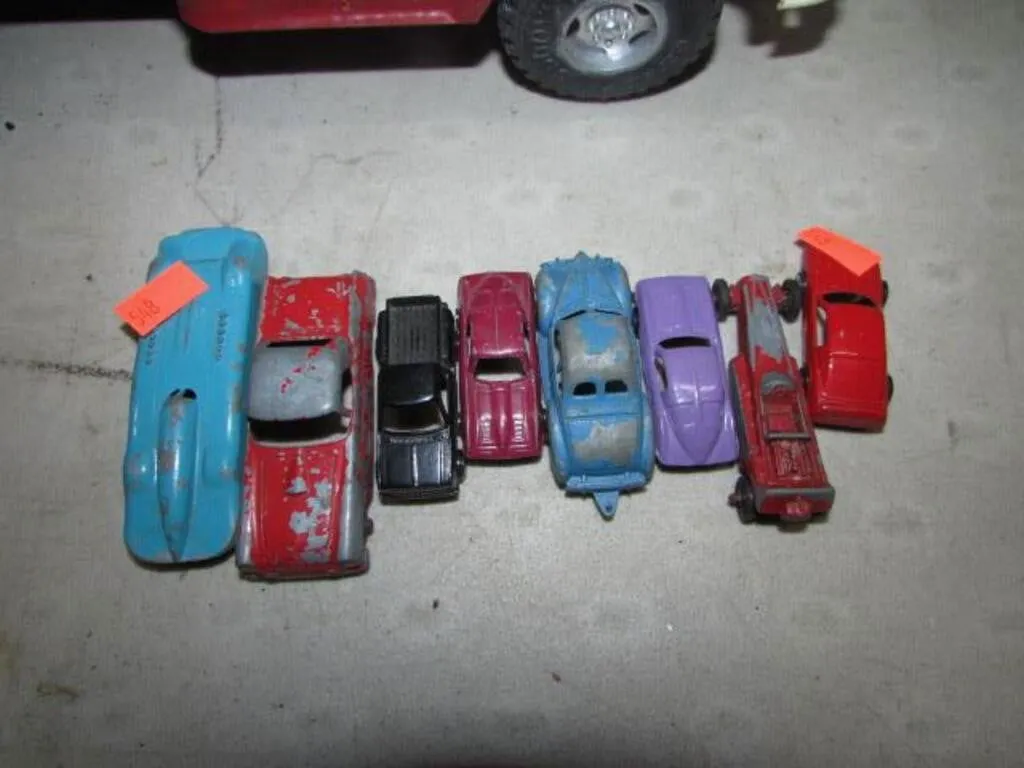
Iconic models such as the Ford Mustang, Chevrolet Corvette, and Porsche 911 are highly sought after by collectors. These models represent pivotal moments in automotive history, capturing the spirit of their eras. Their popularity stems from their timeless designs, historical significance, and enduring appeal. Collectors often build their collections around these iconic models, as they represent the pinnacle of automotive design and engineering. These models are not only valuable collectibles but also symbols of automotive excellence.
Fact 6 Collecting Tips
Collecting diecast model vintage cars is a rewarding hobby that requires knowledge, care, and attention to detail. Starting a collection involves research, selecting models based on personal preferences, and developing strategies for storage and maintenance. Effective collecting enhances the enjoyment of the hobby and preserves the value of the models.
Storage
Proper storage is crucial for preserving the condition of diecast models. Models should be stored in a clean, dry environment away from direct sunlight and extreme temperatures. Many collectors display their models in display cases or on shelves, protecting them from dust and damage. Consider using acid-free materials for storage to prevent any potential reactions that could harm the models. Regular dusting and cleaning also help to maintain the models’ appearance and value.
Maintenance
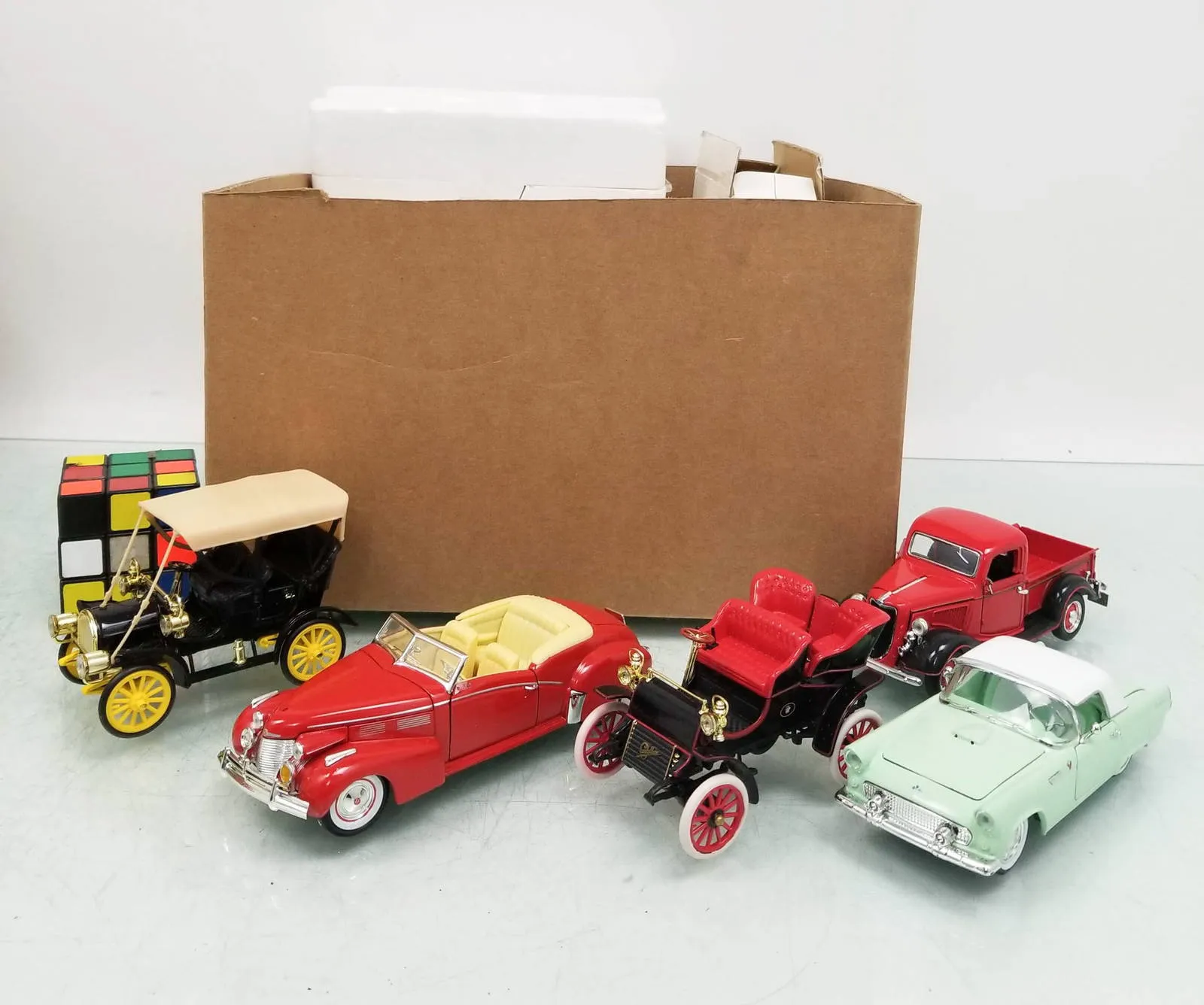
Regular maintenance can keep your diecast models in great condition. This includes gentle dusting with a soft cloth and avoiding harsh chemicals or abrasive cleaners. Inspect your models periodically for any signs of damage, such as paint chipping or loose parts. If necessary, consider professional restoration or repair services for valuable or sentimental models. Proper maintenance extends the lifespan of your collection and protects its value.
Fact 7 Where to Buy Diecast Cars
Diecast model vintage cars are available through various channels, including online marketplaces and specialty shops. Each option offers different advantages, from a wide selection to expert advice and unique finds. Understanding the different options helps collectors find the models they seek and build a comprehensive collection.
Online Marketplaces
Online marketplaces offer a vast selection of diecast model vintage cars. These platforms often feature models from various sellers, providing collectors with a wide range of options. Online marketplaces are convenient, allowing collectors to browse and purchase models from the comfort of their homes. However, it is essential to research sellers and review product descriptions carefully to ensure the authenticity and condition of the models. These marketplaces are ideal for finding rare and hard-to-find models, as well as for comparing prices and availability.
Specialty Shops
Specialty shops are dedicated to diecast models and offer expert advice, a curated selection of models, and often, a more personal shopping experience. These shops provide collectors with the opportunity to see models in person, assess their condition, and ask questions to knowledgeable staff. Specialty shops often carry a selection of high-quality models and offer the chance to discover unique finds. Many shops also host events and community gatherings for collectors.
Conclusion
Collecting diecast model vintage cars is a fascinating hobby that combines a love for automotive history with the thrill of collecting. From the meticulous detailing of each model to the joy of building a curated collection, the hobby offers a rewarding experience for enthusiasts. By understanding the key facts – from scale and materials to rarity and value – collectors can enhance their appreciation and enjoyment of these miniature masterpieces. Whether you’re a seasoned collector or a newcomer, the world of diecast model vintage cars offers endless opportunities for discovery and enjoyment. Happy collecting!
